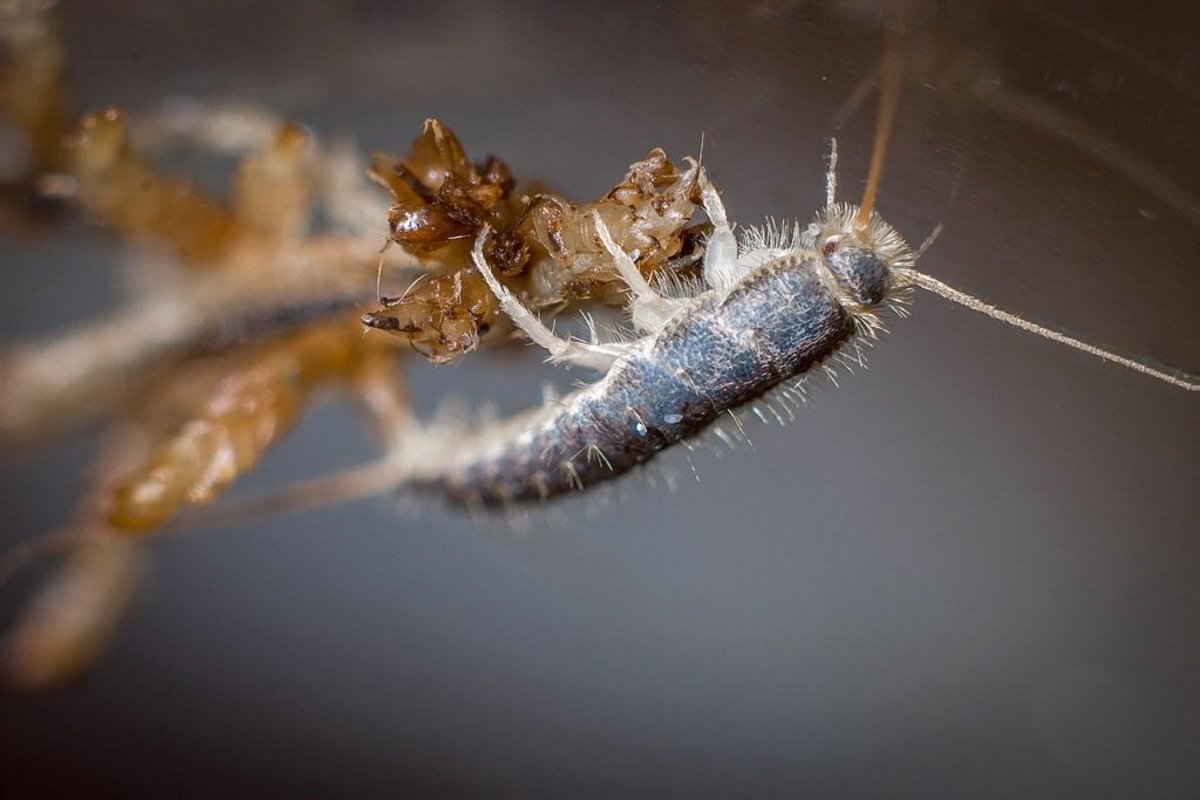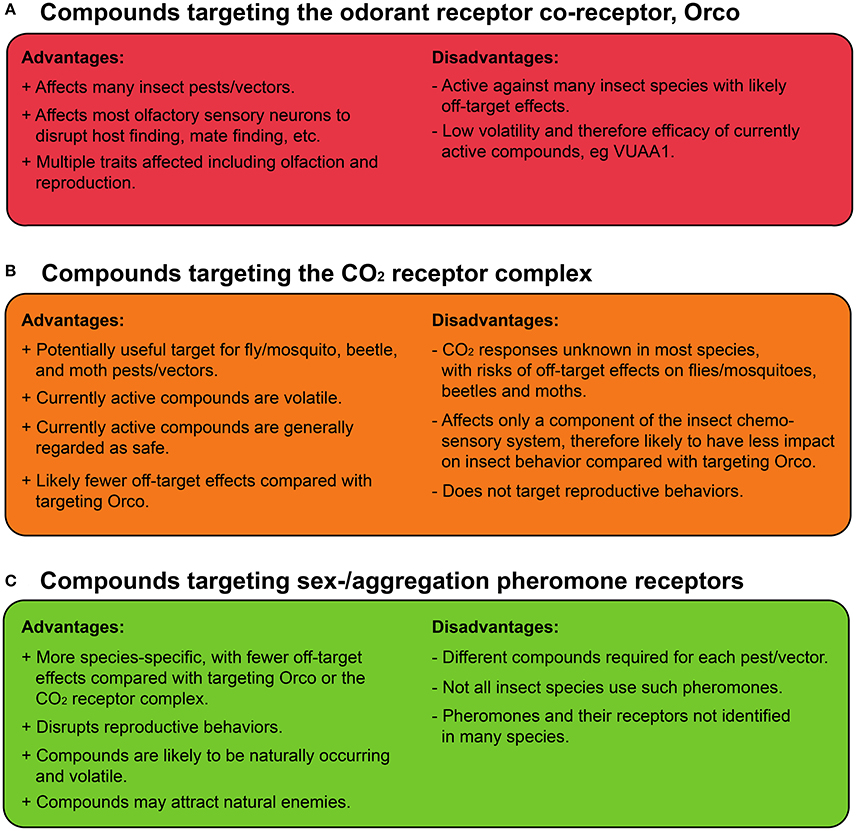Not known Facts About Eco Bed Bug Exterminators Dc
Not known Facts About Eco Bed Bug Exterminators Dc
Blog Article
7 Simple Techniques For Eco Bed Bug Exterminators Dc
Table of Contents9 Simple Techniques For Eco Bed Bug Exterminators DcSome Known Questions About Eco Bed Bug Exterminators Dc.The Single Strategy To Use For Eco Bed Bug Exterminators DcThe Ultimate Guide To Eco Bed Bug Exterminators DcAbout Eco Bed Bug Exterminators Dc
Since chemicals are poisonous, they are also potentially dangerous to humans, animals, various other microorganisms, and the setting. Therefore, people that use pesticides or routinely been available in contact with them should recognize the loved one poisoning, prospective health effects, and preventative procedures to minimize direct exposure to the items they utilize. Risk, or risk, of using chemicals is the possibility for injury, or the degree of danger involved in making use of a chemical under a given set of problems.
Nonetheless, applicators can lessen or nearly eliminate direct exposure-- and therefore decrease risk-- by following the label guidelines, using individual protective clothes and devices (PPE), and dealing with the pesticide correctly. More than 95 percent of all pesticide direct exposures come from dermal exposure, mostly to the hands and lower arms. By using a set of unlined, chemical-resistant gloves, this kind of exposure can be nearly eliminated.
The damaging results that occur from a solitary exposure by any kind of path of entrance are called "severe results." The four routes of direct exposure are facial (skin), inhalation (lungs), dental (mouth), and the eyes. Severe toxicity is determined by examining the facial poisoning, breathing toxicity, and dental poisoning of guinea pig.
Rumored Buzz on Eco Bed Bug Exterminators Dc
Acute poisoning is determined as the amount or focus of a toxicant-- the a.i.-- needed to kill 50 percent of the animals in an examination population. This step is normally shared as the LD50 (lethal dose 50) or the LC50 (deadly concentration 50). Furthermore, the LD50 and LC50 worths are based upon a solitary dosage and are taped in milligrams of chemical per kg of body weight (mg/kg) of the test pet or partially per million (ppm).
The lower the LD50 or LC50 value of a chemical product, the better its toxicity to people and pets. Pesticides with a high LD50 are the least hazardous to people if utilized according to the directions on the item tag. The persistent toxicity of a chemical is established by subjecting guinea pig to long-term exposure to the active ingredient.
The persistent toxicity of a pesticide is extra hard than intense toxicity to identify via laboratory evaluation. Products are classified on the basis of their family member acute poisoning (their LD50 or LC50 worths). Pesticides that are classified as very hazardous (Poisoning Group I) on the basis of either dental, facial, or inhalation toxicity have to have the signal words risk and toxin published in red with a head and crossbones sign plainly showed on the front panel of the plan label.
The intense (solitary dosage) dental LD50 for chemical products in this group varies from a trace quantity to 50 mg/kg. Direct exposure of a couple of decreases of a product taken orally might be fatal to a 150-pound person. https://www.quora.com/profile/Christopher-Savage-59. Some pesticide items have just the signal word threat, which informs you nothing regarding the intense poisoning, simply that the item can cause severe eye damage or extreme skin irritation
All about Eco Bed Bug Exterminators Dc
In this group, the intense dental LD50 arrays from 50 to 500 mg/kg. A tsp to an ounce of this material could be deadly to a 150-pound person (bed bug exterminator). Chemical products categorized as either slightly harmful or relatively safe (Poisoning Categories III and IV) are needed to have the signal word CAUTION on the pesticide label

All pesticide toxicity chemicalPoisoning including the LD50, can be found on discovered product's Material Safety Data Security InformationMSDS). Pesticide tags and MSDS can be acquired from stores or produces - https://ecobedbug3xt.carrd.co/. The signs and symptoms of chemical poisoning can learn the facts here now range from a light skin irritability to coma or even death.
People also vary in their sensitivity to various degrees of these chemicals. Some individuals might show no reaction to a direct exposure that may cause serious disease in others (bed bug treatment). Due to the fact that of possible health concerns, pesticide users and handlers need to recognize the usual signs and signs of chemical poisoning. The impacts, or signs and symptoms, of pesticide poisoning can be broadly defined as either topical or systemic.
Top Guidelines Of Eco Bed Bug Exterminators Dc
Dermatitis, or inflammation of the skin, is approved as the most commonly reported topical impact related to pesticide direct exposure. Symptoms of dermatitis array from reddening of the skin to rashes and/or sores. Some people often tend to cough, wheeze, or sneeze when exposed to chemical sprays. Some individuals respond to the solid odor and irritating effects of petroleum extracts used as service providers in chemical products.
This sign generally subsides within a few mins after an individual is removed from the exposure to the toxic irritant. A reaction to a pesticide product that triggers a person not just to sneeze and cough however also to create severe intense breathing symptoms is much more likely to be a real hypersensitivity or sensitive response.
Systemic impacts are rather various from topical impacts. They often occur away from the original factor of contact as an outcome of the pesticide being taken in right into and dispersed throughout the body.
Report this page